Top 5 Time Management Secrets in Agile Methodology
Find the best 5 time management secrets within Agile Methodology to become more productive, effective, and successful on the projects. Discover valid time management practices and methods in Agile projects.

The Framework: Agile teams should bring superior quality products in brief iterations, adapt to shiftiness requirements and feedback.
Known for its adaptability, Agile project methodology gives teams the solutions for navigating complex projects with ease.
Unlike traditional project management, Agile implementation methodology introduces unique time management challenges.

Facing them remains a cornerstone of success in Agile product management linked to meeting multiple deadlines.
Overview of Time Management in Agile
Time management in terms of Agile is not only time tracking, but it is as well how to achieve the maximum value offering in-time frames.
Main among them are the principles of Agile:
early value delivery
constantly transforming to change.
Agile principles in this dynamic duo guarantee not only the timely fulfillment of deadlines, but surmounting expectations by remaining iterative and learning regularly, thus using the constraint as stepping blocks to innovation.
Agile Development Methodology Phases
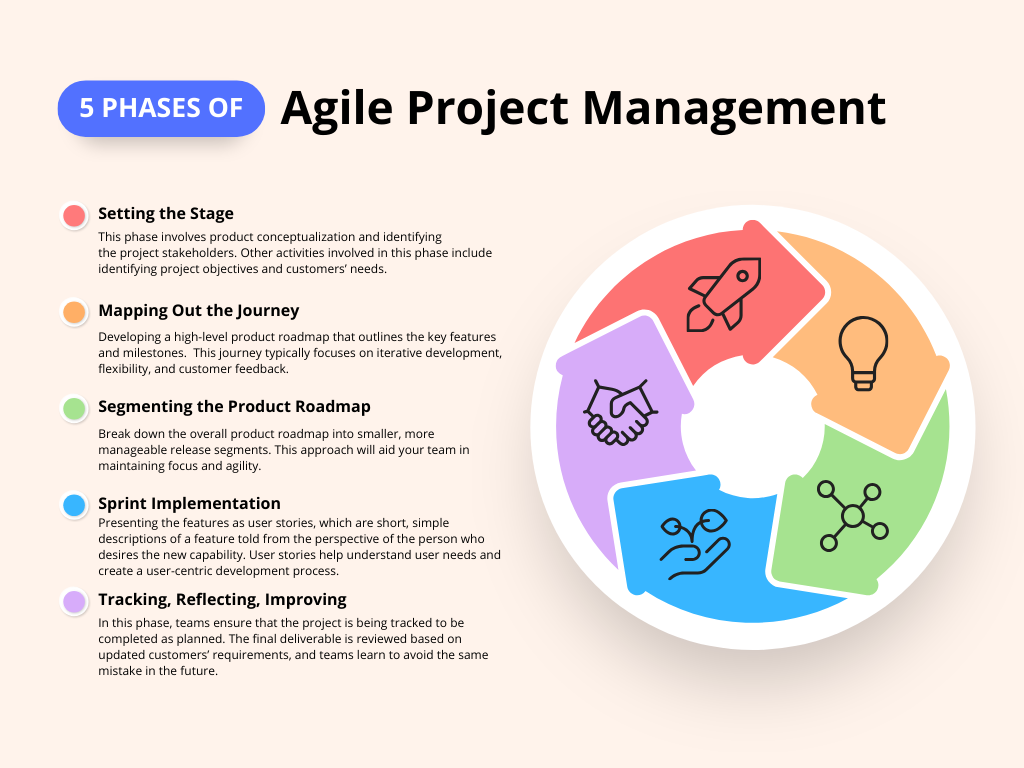
To explain Agile methodology, it is worth breaking it down into several key steps.
Setting the Stage: Clearly define the project's objectives, scope, and requirements to ensure everyone's on the same page.
Mapping Out the Journey: Create a comprehensive product roadmap that highlights its core features and vision.
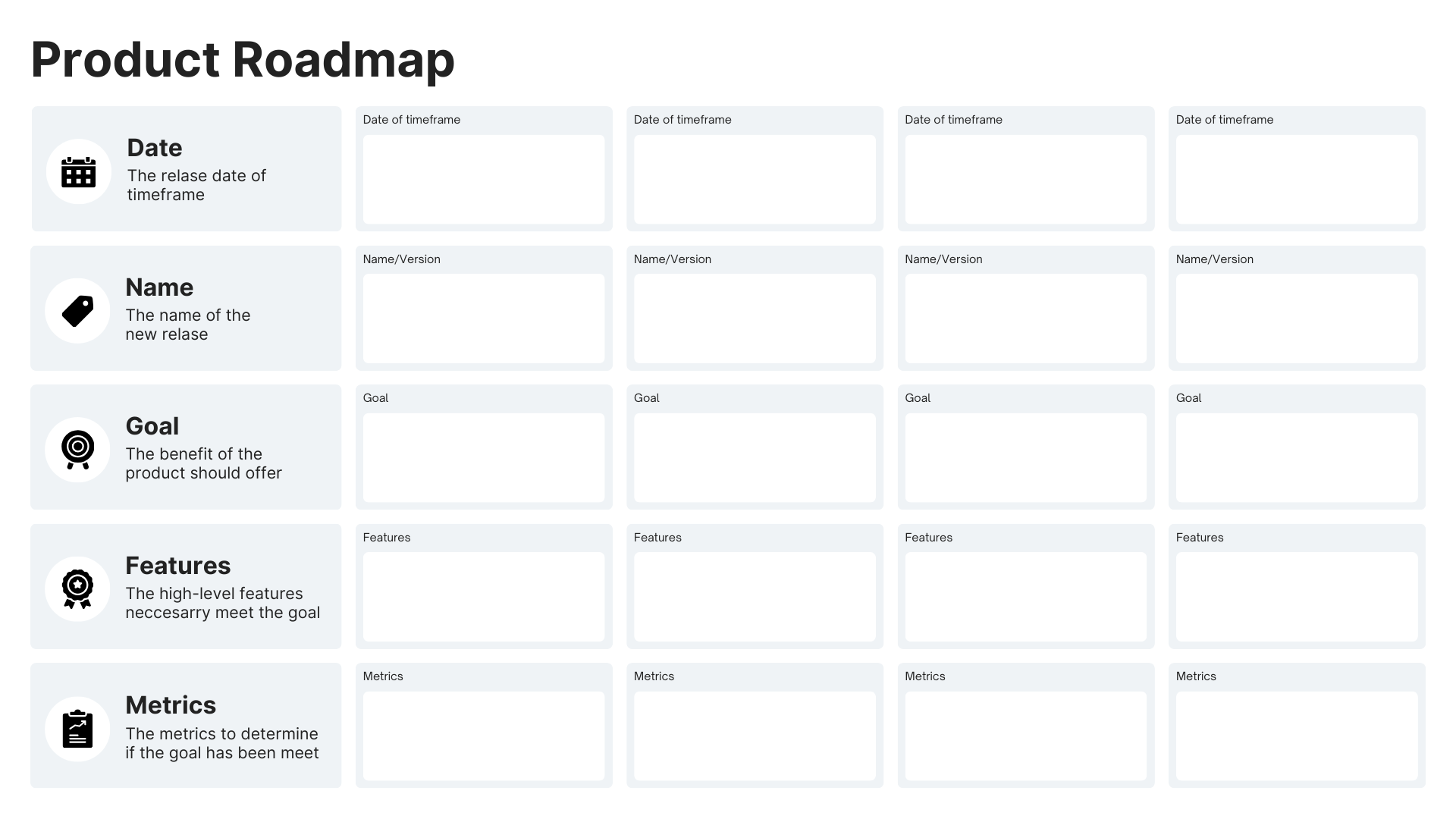
Segregation of the Product Roadmap: Identify smaller clear cut releases of the product roadmap which will aid your team to remain focused and agile.
Sprint Implementation: Sprint implementation in Agile separates the work into sprints, that is, short but regular periods of time (typically 2-4 weeks). During every sprint planning review, the team chooses to the top of the backlog some number of user stories on which it will work during the sprint.
Tracking, Reflecting, Improving: Tracking data is used to perform the reviews and retrospectives after every sprint to see what has worked, and what has not, and do it, with accumulated knowledge, better the next time.
Agile ditches the long, winding race for shorter, focused laps. Each lap features planning, action, and feedback, letting teams adapt and improve with every loop, ultimately reaching the finish line faster.
Below, we list the top five strategies for excelling at time management within an Agile framework and discuss how these strategies can be applied throughout the phases to significantly boost project productivity and efficiency.
Prioritization in Agile
Effective time management starts with prioritizing tasks in the Agile backlog.
This involves categorizing tasks by their importance and urgency. Techniques like the ABCD method help at this stage at best.
How to organize your to-do list to get the most out of it and have a fruitful day
Ascend the Summit

- Your Power Move: This is your Top Priority, the task I would do today, there are no options. No excuses, it is epic win!
Blaze a Side Trail

- Important, but not urgent: These tasks are crucial but can be slotted in after your main focus. Think of them as bonus levels adding to your overall victory. ✨
Clear the Campsite

- Quick Wins: Small, easy tasks that might not be game-changers, but getting them done declutters your mind and keeps the momentum going. Like a tidy desk, a tidy mind!
Delegate and Dispatch

- Pass the Torch: Offload tasks that someone else can handle, freeing up your time and energy for the big wins. By delegating, you cultivate a collaborative environment where everyone thrives.
Bonus Tip: Reward yourself for completing tasks and crushing your goals! A little positive reinforcement goes a long way.
This is a personalized daily plan that can be easily adapted to specific goals and priorities within the sprint.
What's more: The product owner plays a key role in backlog management, ensuring the team focuses on what's most important, thus optimizing time usage.

Time Boxing and Iterative Development
Timeboxing involves breaking work into smaller, manageable increments and allocating a specific amount of time for each task.
Time boxing Time boxing is the allocation of specific timeframes to activities during the sprints, the crucial element of the agile techniques such as Scrum and Kanban, and the most frequently used practice within the iterative development practices.
The method contributes to avoiding the scope creep and subsequent augmenting of the time and resources consumption related to a task or a project above its initial scope.
By limiting the time spent on a task, timeboxing:
- encourages prioritization and focus
- maximizes efficient performance.
This method helps teams concentrate on delivering specific outcomes within each sprint, promoting better planning and time utilization.
Iterative development ensures continuous progress, with each sprint building upon the last, thus making time management more predictable and effective.
What's more: Fixed sprint durations, such as two week periods of intense frenzy, is the solution to Parkinson time-stretching curse thanks to time boxing.
It creates an enclosed field in which teams ruthlessly prioritise, stuffing as much value as they can into very clear windows.

Daily Stand-Ups for Keeping on Track
Daily stand-ups, also known as a daily scrum, are brief meetings where team members sync up on their progress and discuss any obstacles.
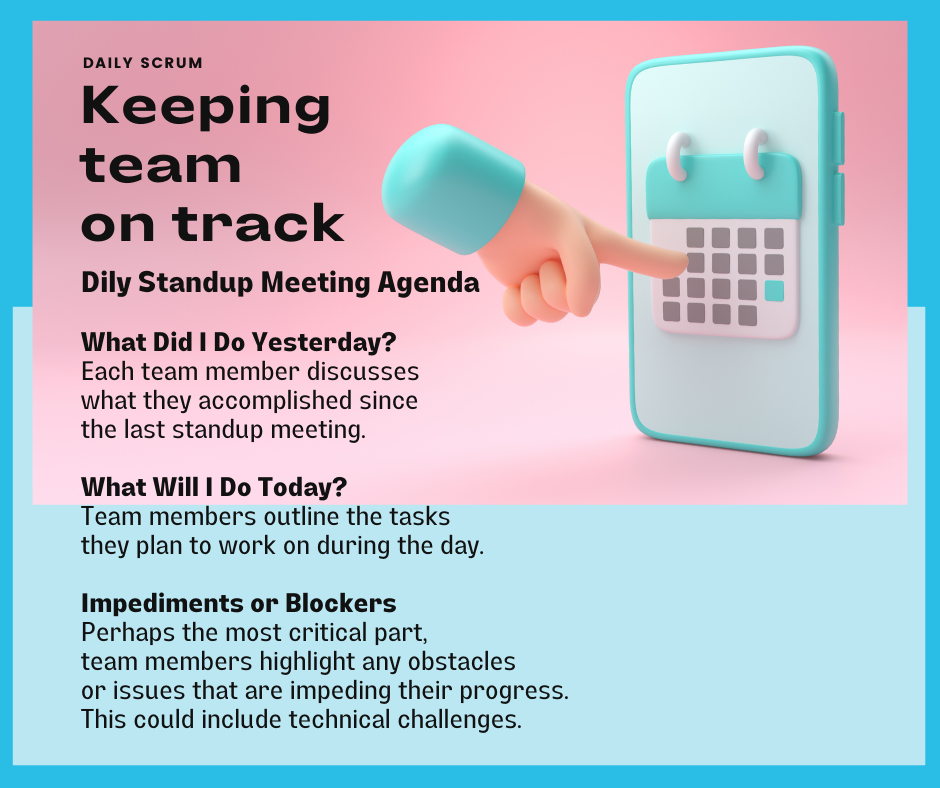
They are essential for keeping velocity. They also serve as a platform for quickly addressing issues that could derail the project timeline.
Manage time in daily stand-ups by juggling these 3 key elements:
- People (team capabilities)
- Features (project scope)
- Schedule (deadlines).
Tweaking one impacts the others, so keep all three in mind during stand-ups for optimal efficiency.
What's more: Discussing features? Keep in mind the mentioned key trio to foresee potential resource or deadline adjustments. The best tool to assist at this stage is to apply time tracking to keep tabs on time, schedule, and resources without getting overwhelmed.
The same goes for team updates or timeline shifts. Master this juggling act, and your stand-ups will be sharper, faster, and more impactful.
The Agile Board
Agile methodology values responding to change over following a plan. This flexibility allows for better adaptation to changing circumstances and can contribute to effective time management.
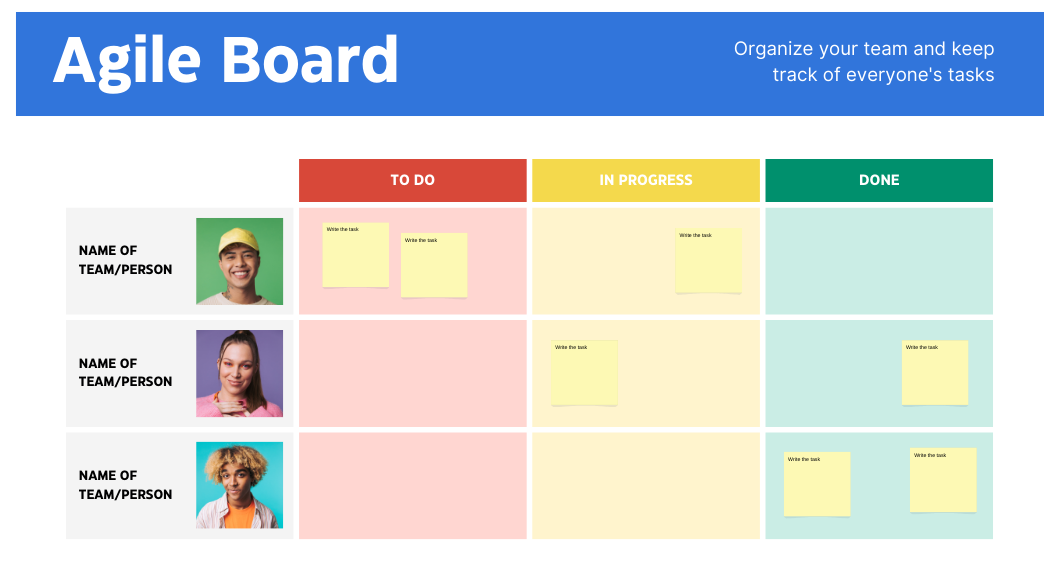
This concept is often applied in methodologies like Kanban, a popular agile project management tool.
To achieve this function with certainty, there is the Agile board, which supports its realization.
Be it a physical or a digital board, it provides a real-time look into the collaboration, which is useful in time estimation and allocation.
Here's a breakdown of how it helps.
- Clear visualization: Agile Boards provide a comprehensive view of project progress, allowing teams to track their workflows and identify potential roadblocks or bottlenecks.
- Work-in-progress (WIP) limits: By setting limits on the number of tasks that can be worked on simultaneously, Agile Boards encourage teams to focus on completing tasks efficiently before moving on to new ones.
- Communication facilitation: Agile Boards promote open communication among team members, stakeholders, and clients, ensuring everyone is informed about project statuses and any changes.
- Flexibility: These boards adapt to changing project requirements and allow teams to reassess priorities and adjust workflows accordingly.
- Collaboration enhancement: Agile Boards foster collaboration by creating a shared understanding of project goals and objectives, encouraging cross-functional collaboration, and promoting collective ownership of the project's success.
The transparency provided by Agile boards allows teams to adapt their workload with ease.
Continuous Development & Retrospectives
Agile methodology emphasizes continuous improvement, which can lead to more efficient processes and better time management over the long term.
How can it be achieved?
Case study: Track a specific aspect of time management over several sprints (e.g., planning time per story, task completion rate). Observe how retrospectives lead to improvements (e.g., adopting timeboxing for planning, using estimation techniques) and quantify the time saved as a result.
Visual data: Present data from past retrospectives in graphs or charts to show trends in identified time management issues and implemented solutions. Highlight the connection between addressing the issues and improvements in team performance (e.g., shorter sprints, faster delivery).
Team testimonials: Conduct interviews or surveys with team members to gather their feedback on how retrospectives have helped them manage their time better. Share anonymized quotes or stories to add a personal touch and illustrate the practical benefits.
Retrospectives are meetings that take place at the end of each sprint or iteration, where the team comes together to discuss their experiences, challenges, and successes.
The primary objective of a retrospective is to identify areas for improvement and develop strategies for addressing them.
While retrospectives are an excellent tool, it's important to conduct them effectively to maximize the time management benefits they provide.
- Set Clear Goals: This could include identifying process improvements, reducing technical debt, or improving communication.
- Encourage Open Communication: Create a safe space for team members to share their thoughts and opinions openly. Encourage active listening and empathy to promote constructive dialogue and avoid blame games.
- Use Visual Aids: Visual aids such as whiteboards, sticky notes, or mind maps can help teams visualize their processes and identify areas for improvement. They also provide a shared language for discussing complex topics.
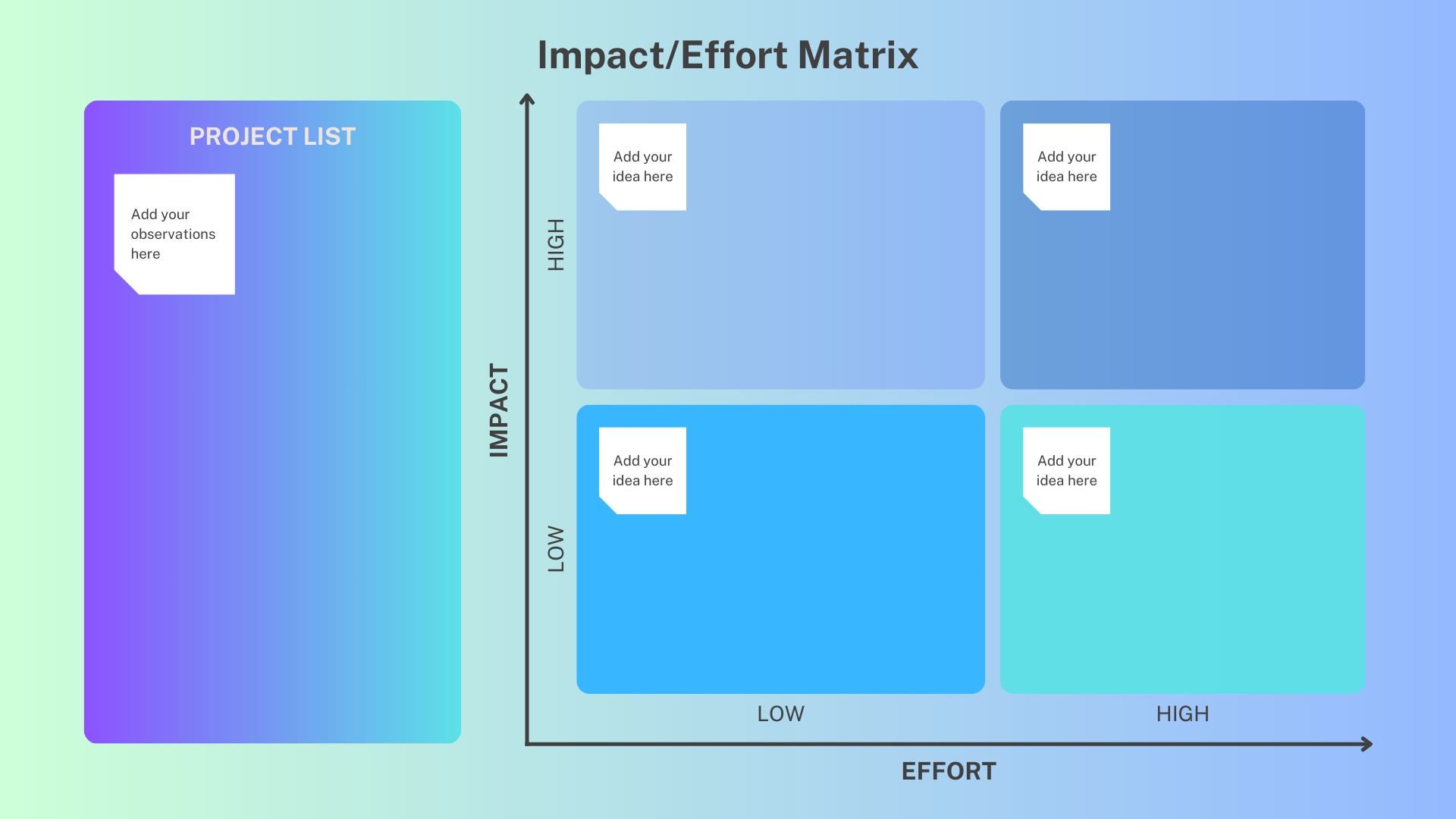
- Focus on Solutions: Rather than dwelling on problems, focus on finding solutions. Encourage team members to suggest ideas for improvement and prioritize actions based on feasibility and impact.
- Assign Action Items: After the retrospective, assign action items to specific team members to ensure accountability and follow-through.
- Celebrate Successes: Finally, celebrate successes and recognize team members who have contributed to improvements. Recognition can motivate teams and reinforce the importance of continuous improvement.

Conclusion
These five secrets can be an infinite source of new knowledge into your Agile practices that can be very helpful in managing time and project success.
Be it by using good prioritization, time boxing, daily stand-ups, use of Agile boards, and continuous improvement, each componentary is equally important in conditions of optimizing efficiency.
We are inviting you to use these strategies and to share your experience.



